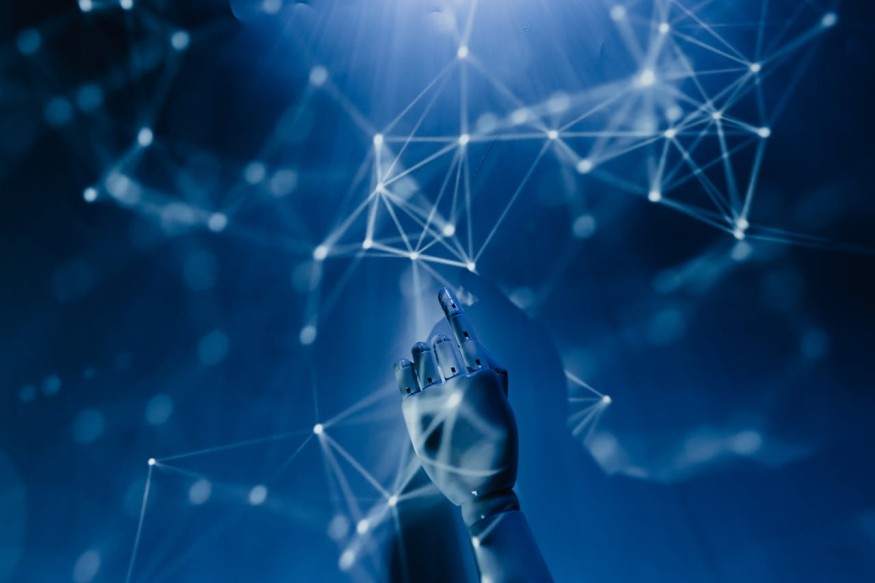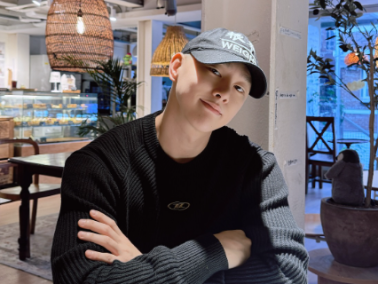
AI has taken the world by storm, both inside and outside the K-pop industry. It's wild to take just a short step back and look at how far the technology has come in the past five years alone. Think of those early AI image generators. We've probably all tried to come up with clever prompts to place Suga in a variety of hilarious situations.
Those early results generated a vaguely human-looking creature that was maybe doing something similar to what you entered into the prompt. It was, in a word, fun. But convincing it was not. How times have changed—and quickly! Today, AI images alone have become astonishingly accurate and realistic, blurring the lines between what's real and computer-generated.
Hypothetically speaking, if Suga decided to break all our hearts and join the corporate world, he'd have no problem visiting any number of sites and creating convincing LinkedIn headshots with just a few quick clicks. You can be sure he'd go the AI route rather than take the time to hire a photographer, go to a studio, and pay the expensive prices to have his headshots taken the old-fashioned way.
Regardless of how you feel about the technology—love it or hate it—AI is having a huge impact on the world at large. So, let's dive into how that impact is affecting the K-pop industry specifically.
Virtual K-Pop Bands Built with AI May Last — An Eternity
You have most likely heard of IITERNITI (formerly Eternity), which first made waves on the K-pop scene when the band premiered in 2021. Although real actors, singers, and dancers all help the members of IITERNITI come to life, the group isn't real, at least not entirely.
The group is a clever combination of advanced face-swapping technology and AI-generated voices-technology that's grown by leaps and bounds in the past three years since the group debuted in 2021. With it, IITERNITI's eleven members can do just about everything: sing, dance, give interviews, interact with fans, etc. About the only thing they can't do is sign autographs.
This strategy extends beyond mere concerts and live appearances. On Instagram and TikTok, the members post a wide variety of videos. How it works is by having someone else record the video. Then Pulse9, the company that created IITERNITI, uses AI face-swapping technology to take what those actors did and overlay the group members' faces onto it.
So, this method of creating a virtual group still relies on real people as the framework, using AI to face swap the real person with the virtual sensation and then applying the AI-generated voice. Face swapping itself is nothing new, although the AI algorithms used to blend the real with the fake have gotten significantly better, leading to images that can easily pass for real.
Other groups have taken it to the next level with the help of the nebulous "metaverse." For the unfamiliar, think of the metaverse as the next-generation internet. Strap on a VR headset, log into various metaverse platforms, and enter an entirely virtual world, one complete with places to visit, games to play, and, of course, music to see live—or at least virtually live.
The metaverse, for many, is the next great frontier for K-pop. Although the pandemic has come and gone, it's left a permanent imprint on humanity, with many people spending their free time in metaverse apps, where groups like Mave exist.
Mave Is Making Metaverse Waves
Mave is an entirely virtual group that uses a clever combination of cutting-edge CGI graphics and AI technology to create what many consider to be one of the first metaverse artists. The great thing about modern technology, specifically AI, is that a group like Mave is almost indistinguishable from real groups.
The only hitch, perhaps, is that Mave isn't entirely computer-generated. The group still uses actual performers who are hidden away somewhere in an undisclosed location, who—with the help of advanced motion capture techniques—lend their talents to Mave. The efforts haven't gone unnoticed either, seeing as the first music video from Mave has upwards of 30 million views on YouTube.
Utilizing the power of AI-generated voices, each of the four members can also speak four languages: Korean, English, French, and Bahasa. The only downside is that they can't quite yet engage in direct conversations and rely instead on scripts written by humans.
The long-term goals for the group, of course, would be to speak to fans from all over the world from within the metaverse. And considering how quickly AI technology is advancing, those goals are probably just over the horizon.
Other Ways K-Pop Groups Are Utilizing AI
In more practical terms, plenty of non-virtual K-pop groups (also known as real people) are also testing the waters with AI content. One specific example is Seventeen, who, back in May, released a music video for their single Maestro.
The video features plenty of generative AI to create the various scenes on display and is partly meant to show the threat that technology, specifically AI, has on artists—and it uses a delicious amount of irony to pull that off.
Maestro remains perhaps one of the most recent and most notable uses of AI in the K-pop scene, but it's far from the only one. AI has begun cropping up in the art for singles and album covers, and some bands are even using AI to help translate lyrics into other languages to give them even more worldwide appeal.
Final Words
With so many technological advances in South Korea since the turn of the century, it's no surprise that the K-pop industry would be one of the first to experiment with the nearly limitless ways AI can enhance the scene.
From fully virtual bands like IITERNITI and Mave to the many ways "real" K-pop groups are beginning to utilize AI technology, the impact has been clear as day, both for K-pop and for life at large. Images, videos, voices—the entire generative AI field has grown by dramatically in the last couple of years.
That growth shows no signs of stopping. And while government regulations in South Korea and the rest of the world might have some impact, the way forward will be paved by how well K-pop bands are able to utilize the technology.








